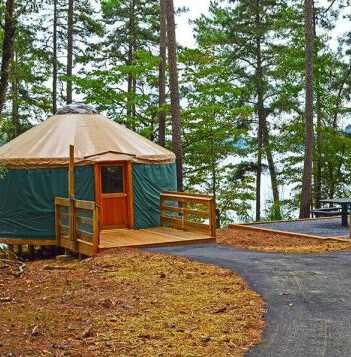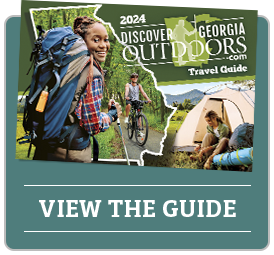Reed Bingham State Park
Six miles west of Adel, GA and I-75, Reed Bingham State Park is a pristine example of the long-leaf pine habitat that used to cover much of the Southeast U.S. coastal plains. Now, such habitats account for less than 3 percent of their former acreage.
Reed Bingham State Park, which sits on the border of Cook and Colquitt counties, has miles of walking and biking trails for visitors to explore. In addition, a 375-acre lake is popular with boaters and paddlers, while fishing for bass, crappie, catfish and bream is excellent. Paddlers can rent canoes and kayaks to explore this beautiful lake lined with fragrant water lilies and tupelo trees. Guided pontoon boat tours are sometimes offered during events.
Numerous picnic shelters and parking areas allow visitors to easily explore the park, which was named for Amos Reed Bingham who was instrumental in the establishment of the park. Wildlife is abundant year-round with steady sightings of gopher tortoises, yellow bellied sliders, alligators, and indigo snakes. Nesting bald eagles are often seen in winter, along with roosting black vultures and turkey vultures, commonly referred to as “buzzards.”
Heading west on GA Hwy 37 from Adel, take a right on Evergreen Church Road and then a left on Reed Bingham Road to enter the park.
Little River Trail – Birdwalk Trail Loop
To get to the trailhead, navigate past the park office and take a right to head north on the park road. You’ll pass several shelters, campsites and a playground along the 0.75-mile roadway to the northern parking area.
Once you’re reached the parking area, look for the signs to the 1.1-mile Little River Trail, which begins on the left of the parking lot loop if you’re facing north. Less than 0.1 mile into the trail, the Pitcher Plant Path goes off to the right. Stay left to continue on the Little River Trail as you enter the river swamp. This area is periodically flooded by the Little River and adaptive plants such as bald cypress, tupelos and spruce pine flourish in the wet conditions.
A rest station along the trail will indicate the merging with the Turkey Oak Trail and the Upland Connector Trail. Again, stay left and stay on the main trail, which includes extensive boardwalks. Don’t forget your binoculars so you can look for river otters, spotted turtles, deer and a variety of avian species.
The next observation area is about 0.25 miles northeast along the trail. After that, a 0.5-mile trek will complete the Little River portion of the loop, connecting with the Birdwalk Trail and the Yearling Trail after a rest station.
Make a right to head southwest on the 0.8-mile Birdwalk Trail which takes you away from the river and traverses through five natural communities. While it travels close to the park boundary to the east, the sounds of nature will certainly be the primary noise in the air. Throughout this section, you’ll see Southern magnolias, hickory, American holly, the rare silky camellia, and a variety of ferns.
After passing two rest stations, the Birdwalk Trail connects with the Upland Connector trail at around 0.6 miles. Stay left and pass the Turkey Oak Trail after another 0.1 miles. The last 0.1-mile stretch completes at the east side of the parking lot, a hundred or so yards from the original trailhead.


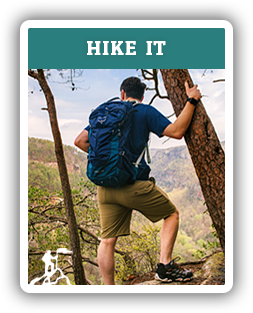

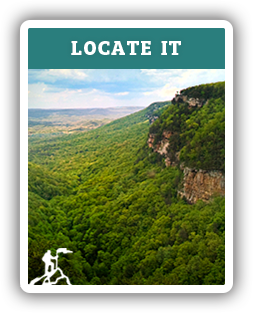

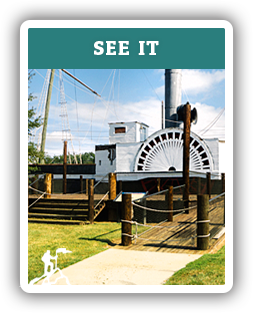

 Distance: 0.9 mi
Distance: 0.9 mi
 Difficulty: easy
Difficulty: easy
 Directions
Directions


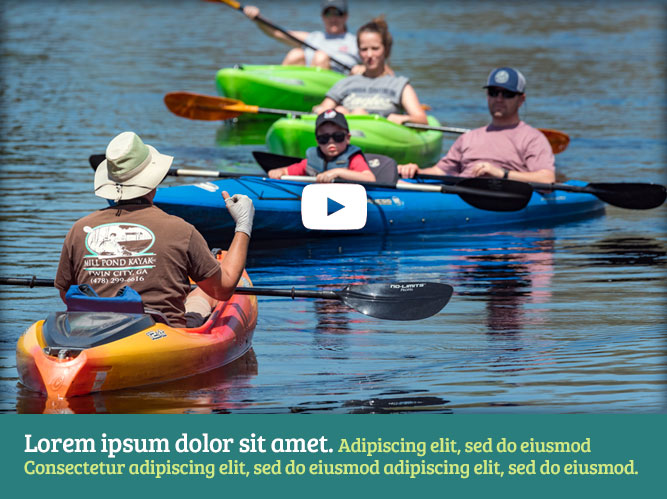

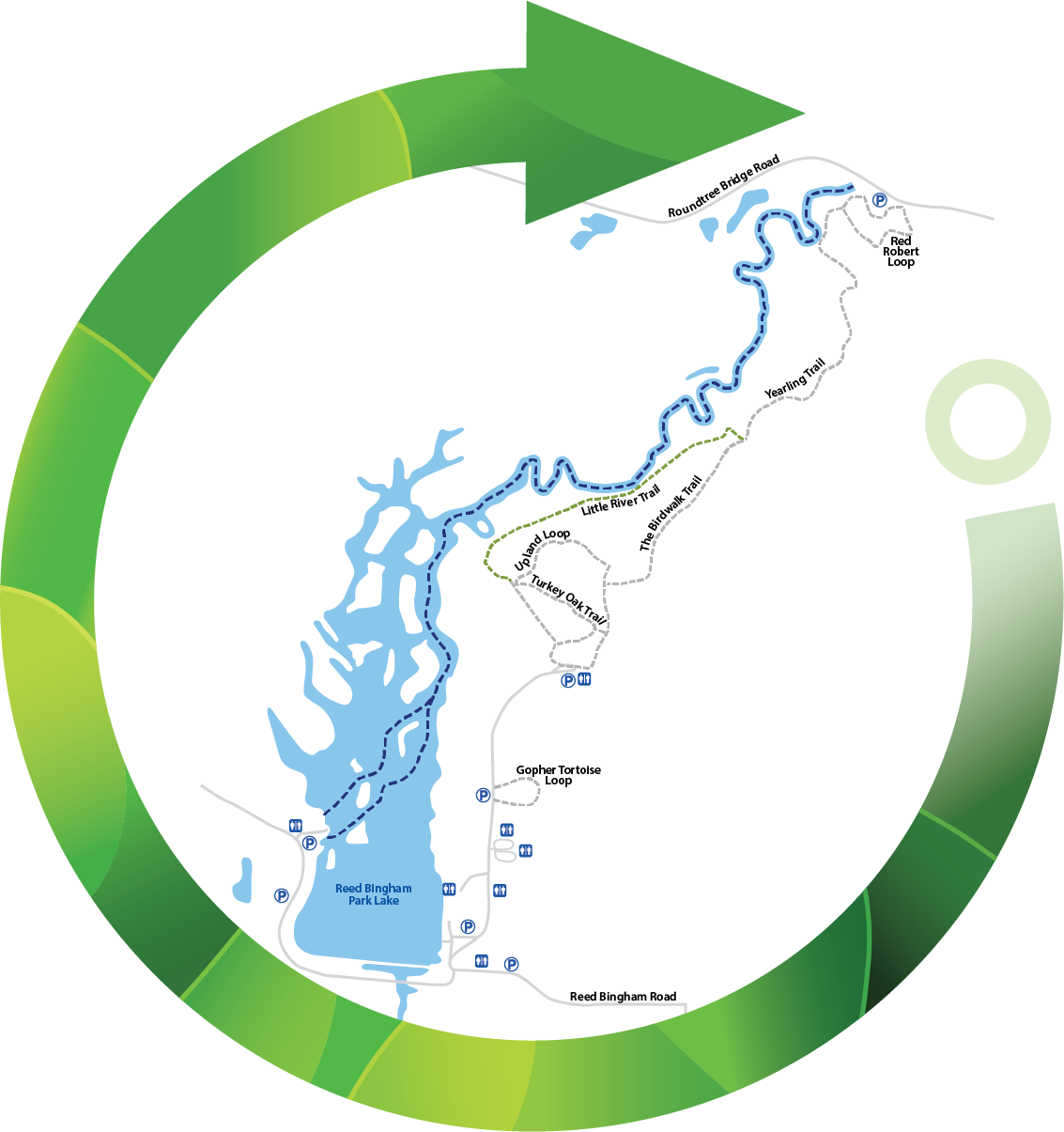

 2 months ago
2 months ago


